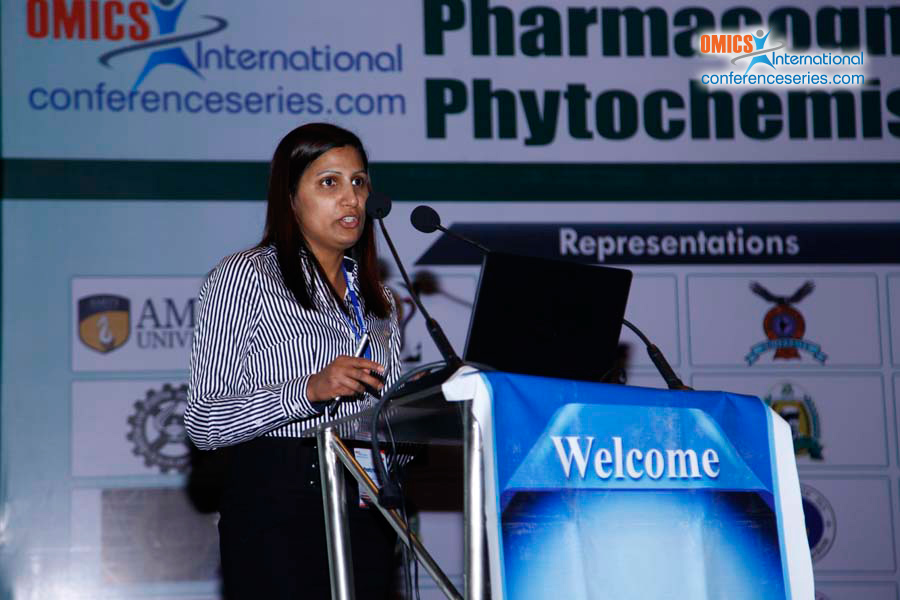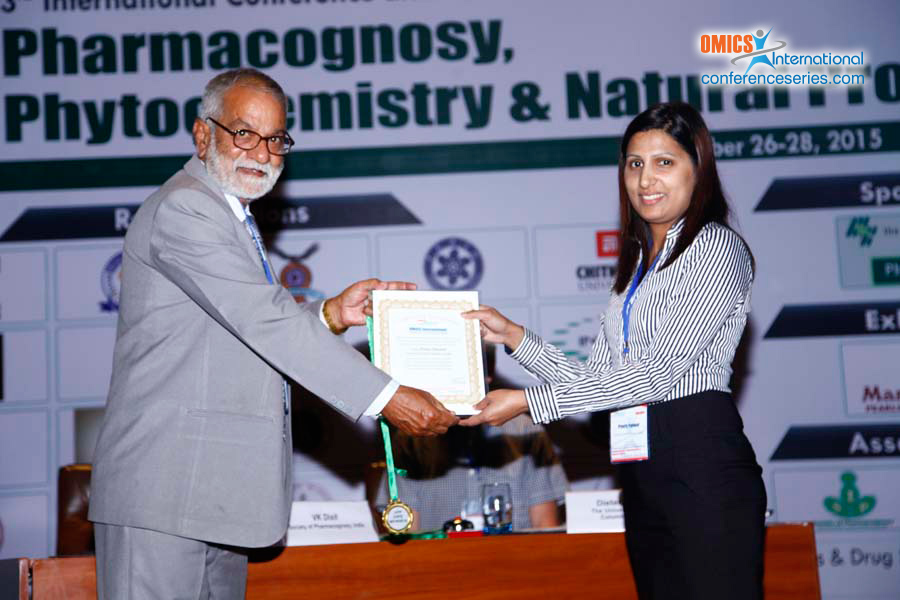
Preety Panwar
University of British Columbia, Canada
Title: Anti-osteoporotic cathepsin K inhibitors from Salvia miltiorrhiza
Biography
Biography: Preety Panwar
Abstract
Inhibition of osteoclastic Cathepsin K (CatK) is of major interest for the development of antiresorptive drugs and the treatment of osteoporosis. In this study, we propose ectosteric inhibitors that specifically block the collagenase activity of CatK without interfering with its catalytic site. We discovered three compounds (T01, T04, and T06) which differentially inhibit the in vitro CatK-mediated degradation of soluble and fiber collagen. Here, we demonstrate that T06 is the most potent ectosteric inhibitor of CatK for both soluble and fiber collagen degradation whereas T01 and T04 are comparatively weaker inhibitors but appear to discriminate between the inhibition of soluble and fibrous collagens. The bone antiresorptive efficacy of these compounds was analyzed in human osteoclasts assays and compared with the highly potent active site-directed inhibitor, odanacatib. None of the compounds affected the metabolic activity and viability of osteoclasts. T01 and T06 as well as odanacatib strongly inhibited the overall bone resorption, the generation of CatK-released collagen fragments (CTx-assay), and abolished the formation of trenches by about 55% for the resorption surface, 50% for resorption depth, and 63% for CTx release. On the other hand, T04 exhibited no effect on the formation of trenches and release of CTx, which may indicate a metabolic inactivation of the compound in the osteoclast assay. Our observations show that ectosteric inhibitors extracted from Salvia miltiorrhiza have a similar potency as active site-directed inhibitors of the protease and may constitute a novel approach for anti-resorptive therapy.



